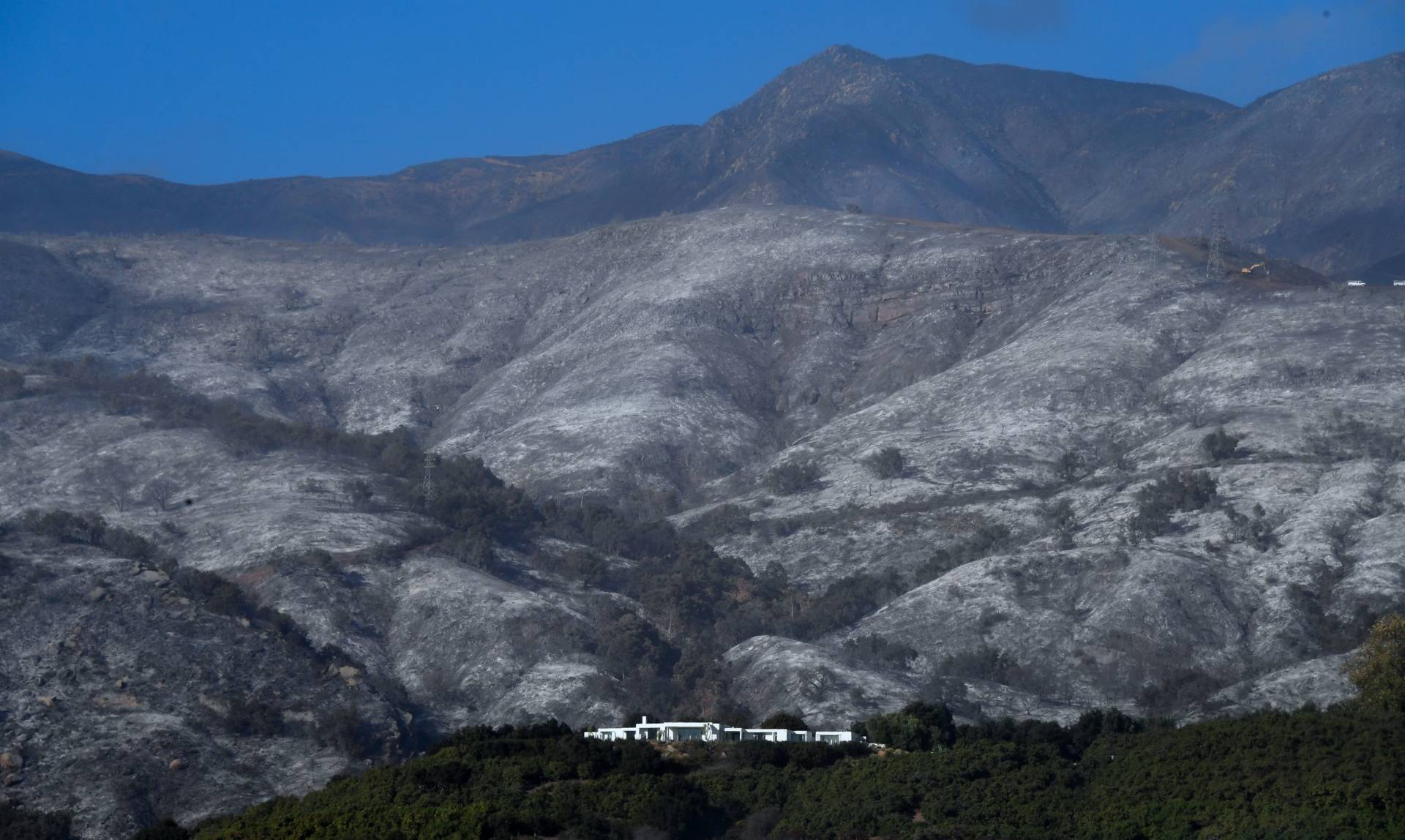Today’s youth are passionate about making an impact and positively changing their world and technological tools can allow students of any age to do just that. As an educator, my job is to find resources, develop learning experiences and provide opportunities that allow my students to identify a problem and become part of the solution. Encouraging students to explore their interests and passions can lead to incredibly meaningful learning. My students ask themselves questions that direct their inquiry, and I use resources that help them investigate the world, share their voice and make a difference.
What problems inspire me?
#DoNow and Quest present relevant, timely topics — from a variety of content areas — that spark discussion and help make connections between what’s being learned in the classroom and students’ real-world experiences.
In my class, we begin each year by investigating the global water crisis. Students who have grown up in California are accustomed to living in drought conditions. But while they may know that water is precious, they can still turn on the tap in their house and drink freely. We explore the issue from multiple perspectives, including the environment, climate change, health, the economy and social justice. The Quest Collection on Water is a fabulous resource. While much of the research highlights the global crisis regarding lack of access to clean water, there are positive solutions being designed. You’re bound to get a visceral response when students watch Cleaning Poop From Drinking Water. Encourage them to dream up solutions of their own!
How can I make a difference?
Young learners are often told that they can make a difference. I say, go one step further and show students how they can make a difference. Connect with local organizations where students can volunteer or, better yet, take your class on a field trip. If cost is an issue, apply for local grants that provide funds to get students out of the classroom. Target Grants offer up to $700 for a trip!
